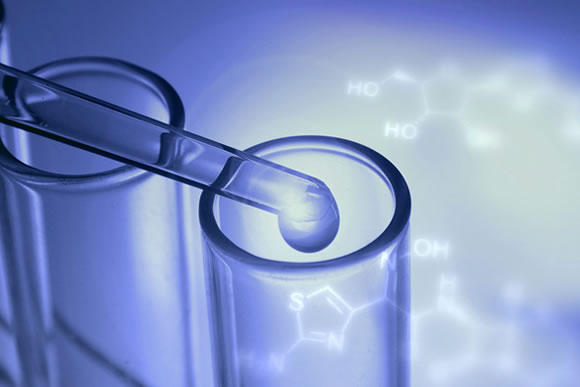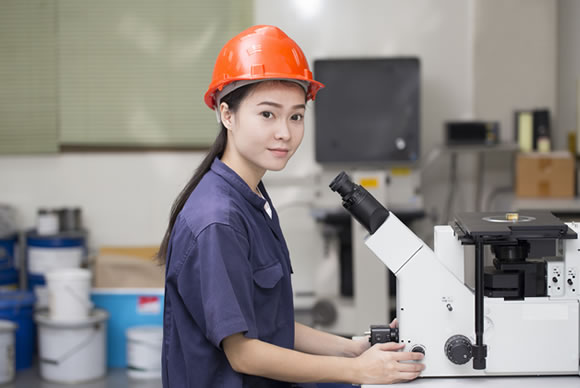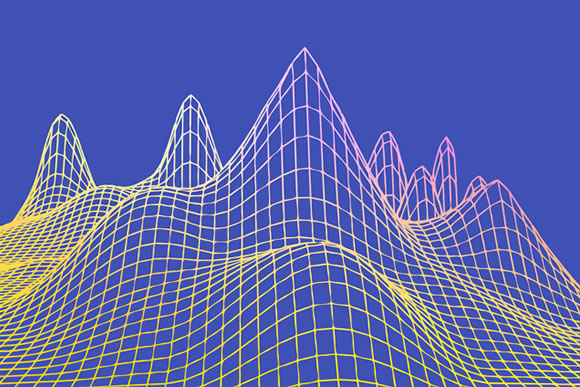Our Technology
PolyTechs's Technical Depth
Since the early days of E-Coat Industry in Japan, we have worked with numerous customers and accumulated our technical capability and understanding. We have devoted much time and resources in understanding the principals in phenomenoa seen in E-Coat line. E-Coat as a process has overcome many obstacles to become a mainstream industrial process, however it is an area where innovation and improvement continues every day.
E-Coat process combines numerous factors together. It involves complex chemistry, production technology, unique specifications for coating purpose, quality and rate of production, Paint manufacturer's E-Coat paint design, E-Coating Systems, etc. It all must come together properly to produce desired quality at a desired rate, at a desired cost. This is not trivial, and is only possible when companies speialized in each process and the E-Coat line maintainer work together effectively. Which brings to this most important point: Understanding the fundamentals of E-Coating.

Although many improvments has been made over the years in the E-Coat process, fundamentally it involves complex chemistry, and it is still a challenge to maintain the production environment the same and stable over period of time. Since the production environment varies, there are different issues that arise and it can be a challenge to achie desired results consistanly. "There wasn't a problem until recent, nothing has changed, yet can not achieve same results!?" is a common sentiment among the E-Coat line managers.
At PolyTechs, since the begginning of our establishment, we believed that "natural science does not lie" and valued "proof over theory". We have worked tirelessly to understand the cause of the problem, experimented, reproduced the problem in the lab, and carefully produced solutions to problems our customers were facing.
Guiding one's customer in a "general direction" is not as helpful in the context of E-Coat process. It would be difficult for customers to make a solid decision, or evaluate the return on investment unless there is a quantitative information regarding how much a given problem will improve. We have developped special testing methods and computer simulations to evaluate and analye the E-Coat process, and use them to provide advices driven by quantitative information.

As mentioned before, our quantitative information is based on lab testing and computer simulation. Especially our lab testing is performed with specially designed testing system that we have designed. We have made continuous improvements with the testing equipment and method to pridict the UF and RO System's performances. The UFCC test in particular, which we have worked on over a decade, can reliably and accurately predict how well our UF System will produce permeate for the given E-Coat paint.

In order to produce UF permeate consistantly, the E-Coat paint and the UF membrane must have good compatibility. For this reason we always perform the UFCC test when we introuce our UF System to our customer. The UFCC test measures the compatibility coefficient (permeate production stability) and the flux. By doing so, we have pretty much eliminated cases where UF permeate production issues after commisionnig in the E-Coat line. In other words, we can predict issue before comissioning, and therefore take counter measures, and in cases where no good counter measures exist, we decline to introduce our UF System.
This testing capability accuratly gives us insight into the membrane compatibility and the flux, and allows us to provide permeate production quantity warrenty, and advice our customers for quantitative information for improvements.
Before introducing our RO System to our customer site, we always test the source water for the RO System. This test includes few different tests, and based on the result we design the pre-treatment process and the post treatment process, membrane life prediction, expected D.I. water quality and quantity. The souce water often have seasonal changes, and there fore we take past experience and data into consideration. If necessary, we will sample source water after comissioning and test to check the running conditions.

UF System is used for retrieving excess E-Coat paint on the target surface that did not become part of the paint film. The UF permeate rinsing is evaluated based on the paint retrieval rate, however in most cases the actual quantity of the carry out is often unknown. To find out and model this process, we take samples from each UF permeate rinse tanks and test for the N.V. and plug the results into the simulation and comute the E-Coat paint carry out quantity. Once the model is solidified, we are able to explore optimization options by tuning different parameters of the line including changes to the rince process and changes in UF permeate quantity, etc.
CONTACT
![]()
![]()
![]()
